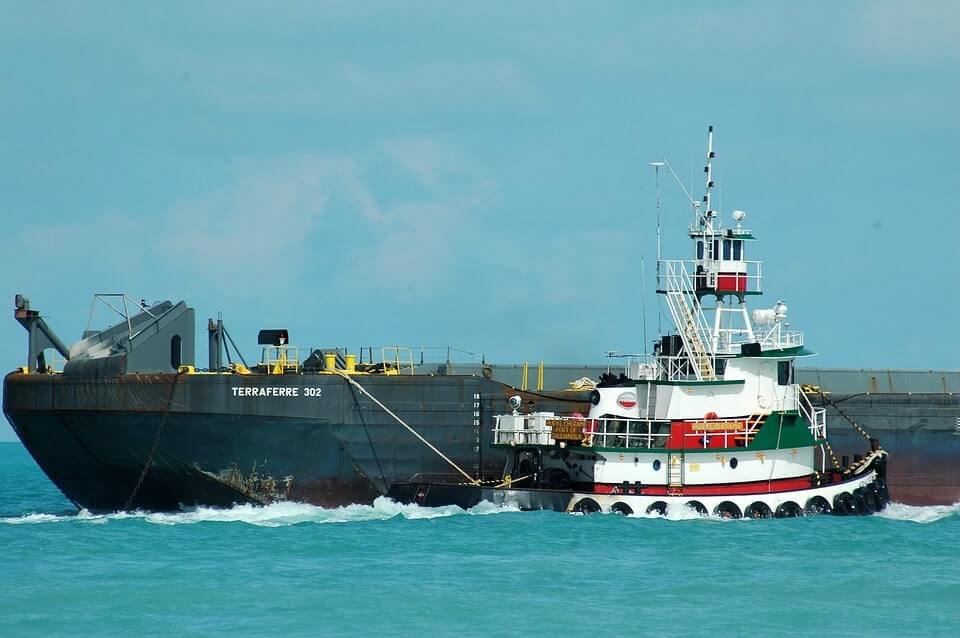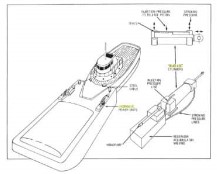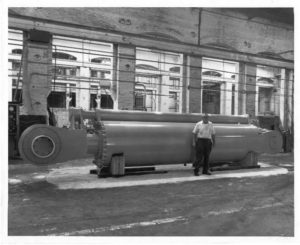Tug Barge Hydraulic Four Million Pounds of Locking Power

Tug barges are the muscles of ocean transport
Hauling all manner of freight from port to port. Barges need the most powerful hydraulic locking mechanism available. Meet the Bear-Loc®, capable of up to 4 million pounds of locking power.
Our customer was hauling bauxite to make aluminum, from Louisiana to Florida.
The barge clamped on and the Bear-Loc secured the clamp. Our custom design was the perfect fit for them because they wanted to make certain the barge could not get away. Obvious, right? However the typical actuator allowed the load to pull away, and that was unacceptable.
The rest of the story is told in this excerpt from Fluid Power Design Handbook by Frank Yeaple:
“It is tough enough mating tug to barge but the real challenge is to keep them safely bow to stern during the big push up-river, while fighting heavy shocks from weather and obstructions.
“For starters the gripper must withstand separating forces up to 40 tons, but must slip if the forces reach 50 tons to protect equipment and structures from damage. Furthermore, the pull-up and clamping equipment must be easy to operate.
“The challenge was met by engineers from York Precision Machining & Hydraulics LLC (formerly MC Industries) who innovatively applied the company’s Bear-Loc® cylinder. It is a normal, heavy-duty hydraulic cylinder in every way but one: the piston has an interference fit until high-pressure oil is applied at the interference area to release it.

Caption: Hydraulic cylinders tighten cables in a barge snugger, then hold position with an interference fit between the piston and cylinder wall.
*excerpt from Fluid Power Design Handbook (1st edition, 1990)

Michele McKnight Baker holds a PhD in Organizational Studies and serves as Business Manager for York Precision Machining & Hydraulics, LLC, York, PA. She has published numerous business articles in regional and national publications. Dr. Baker is also the author of Sandpaper Sisters (commercially published, non-fiction) and Civil War era SOLDIER’S HEART, her first novel. She has consulted with not-for-profits and for-profits, including Fortune 500 companies, as President of Cultureconnects/BMC.

